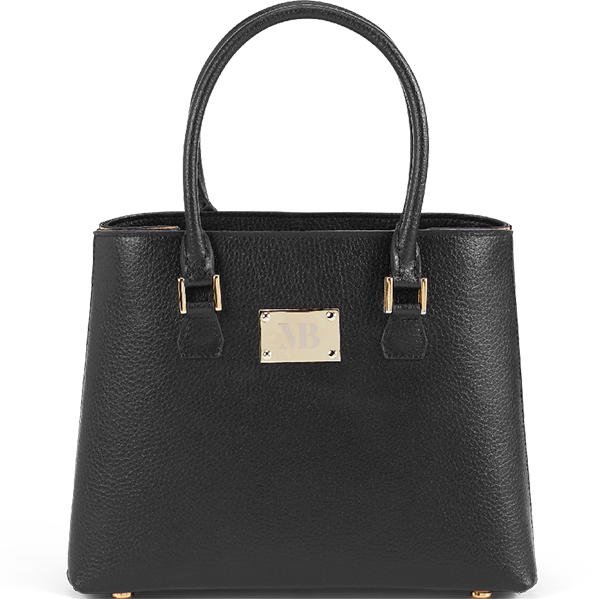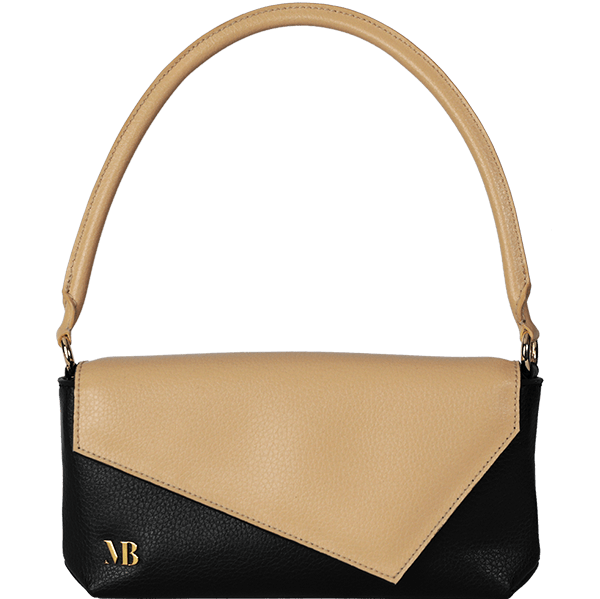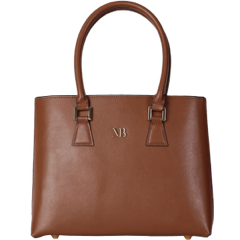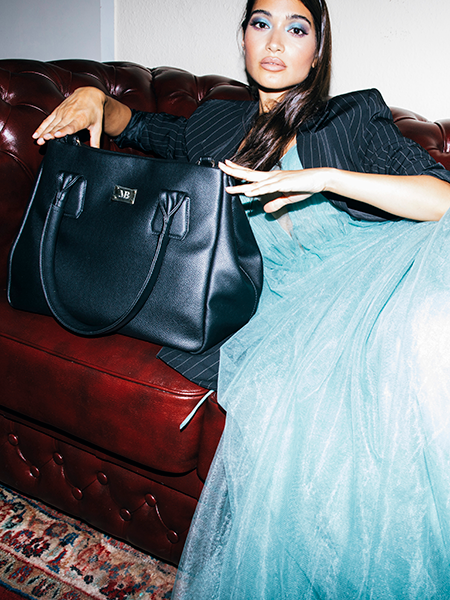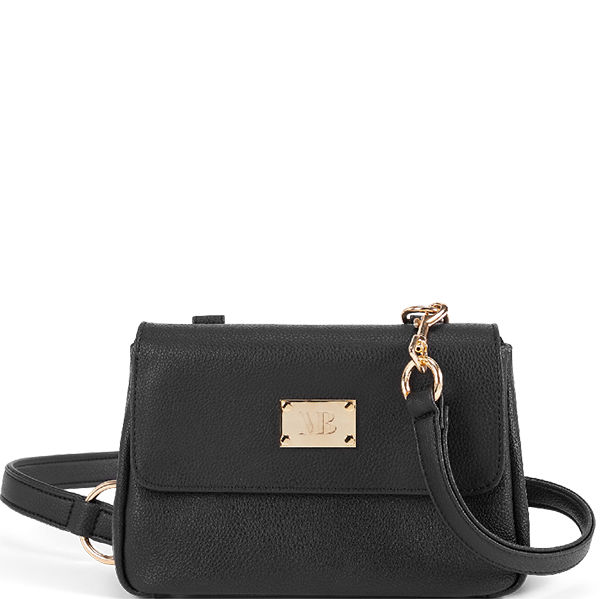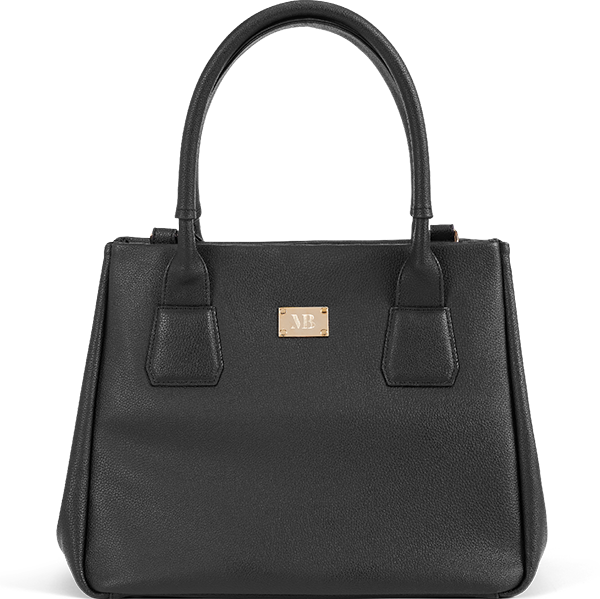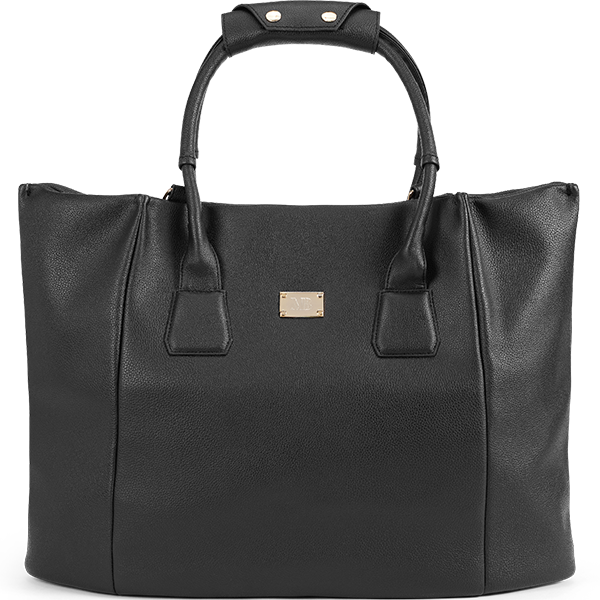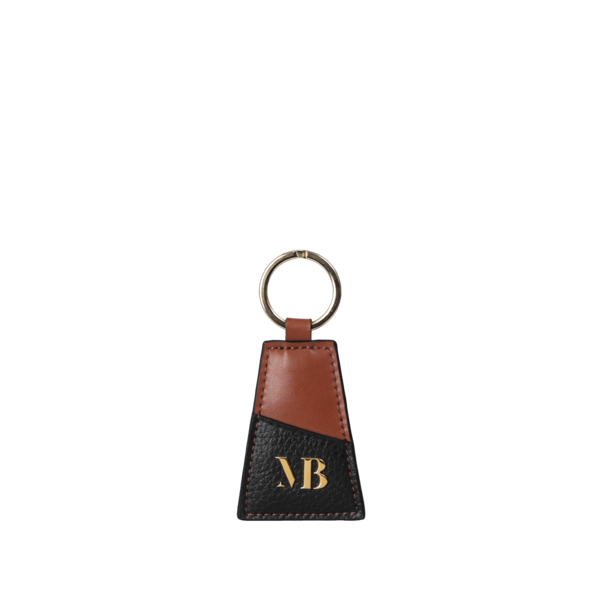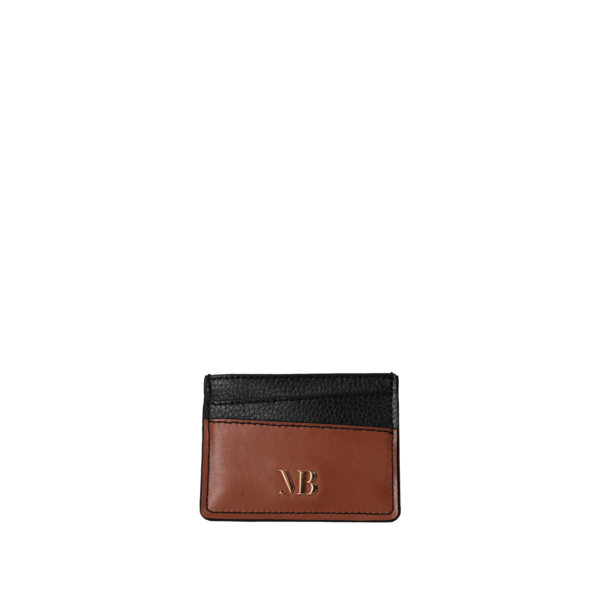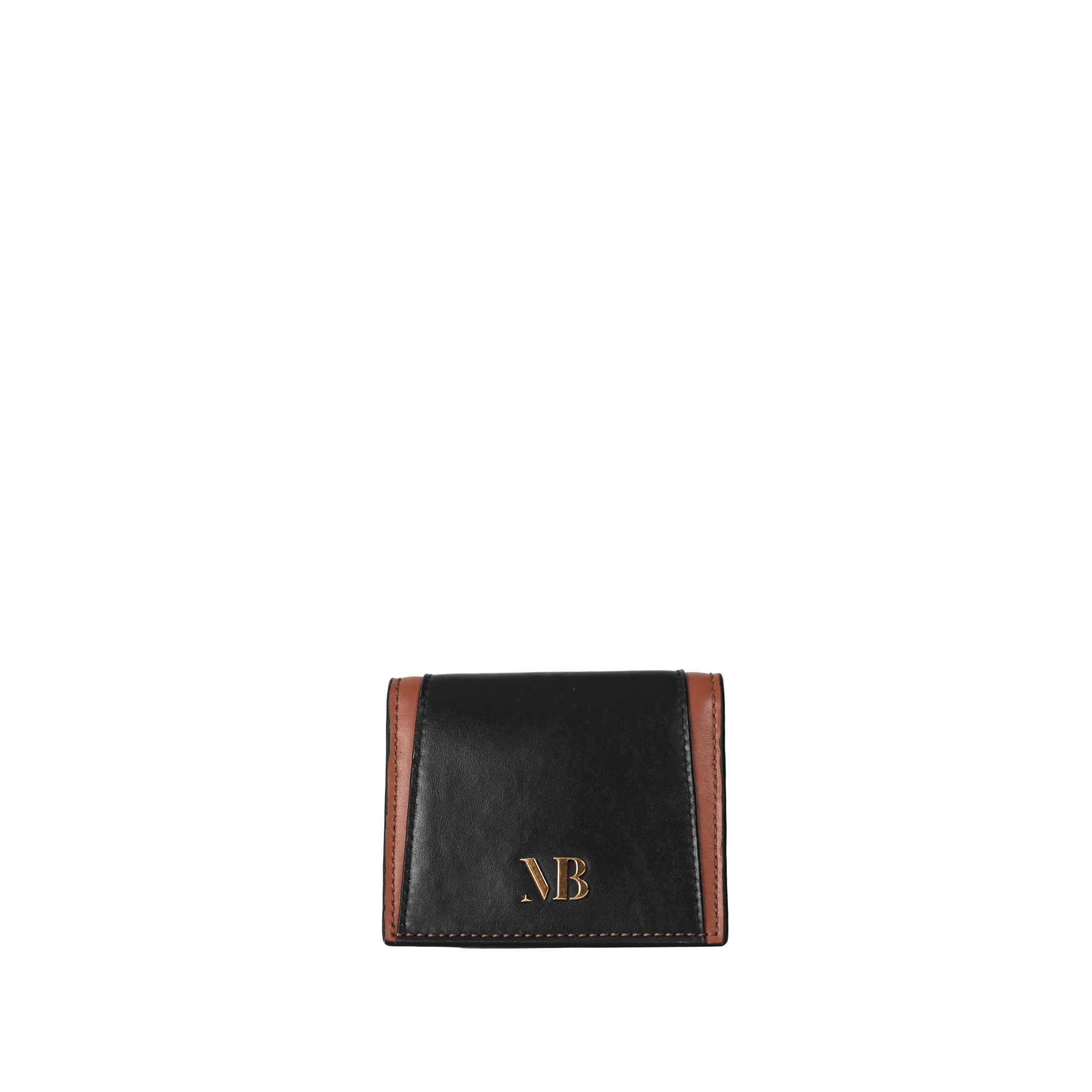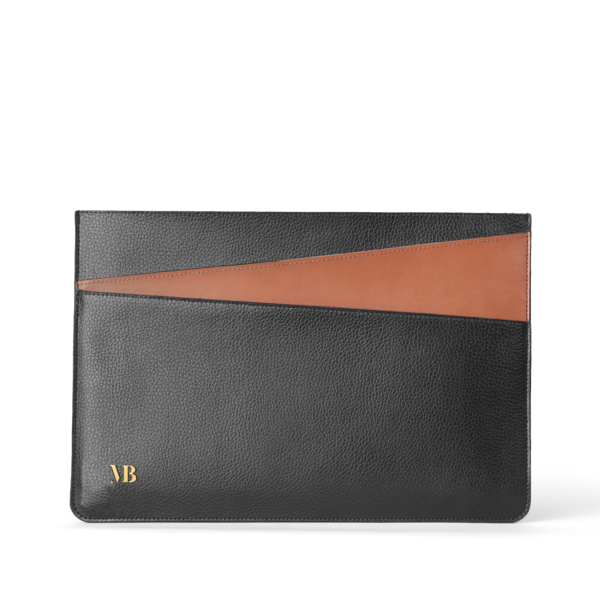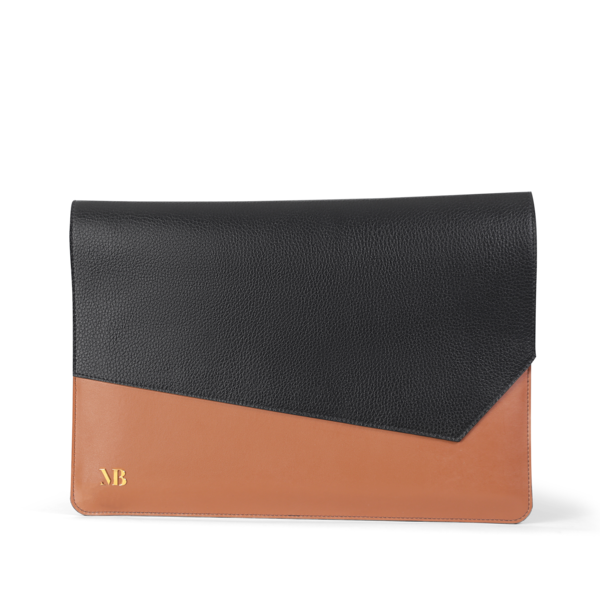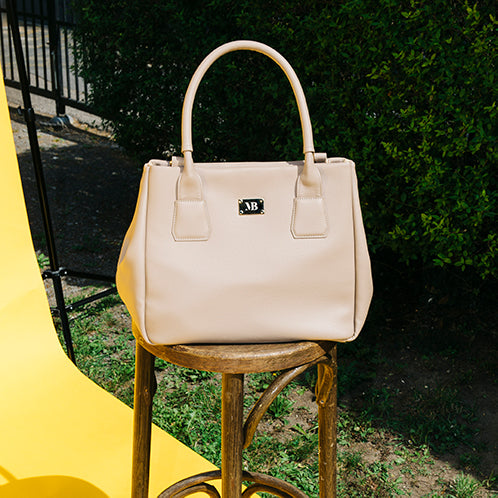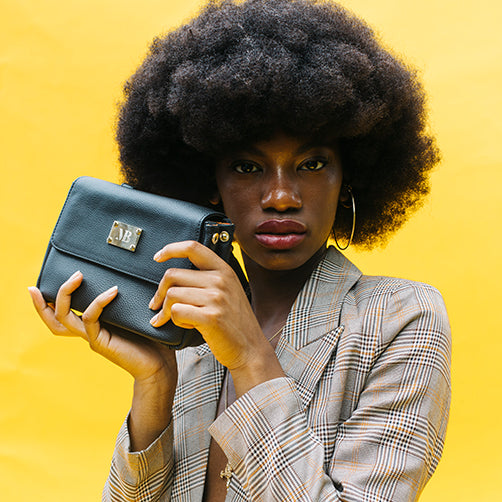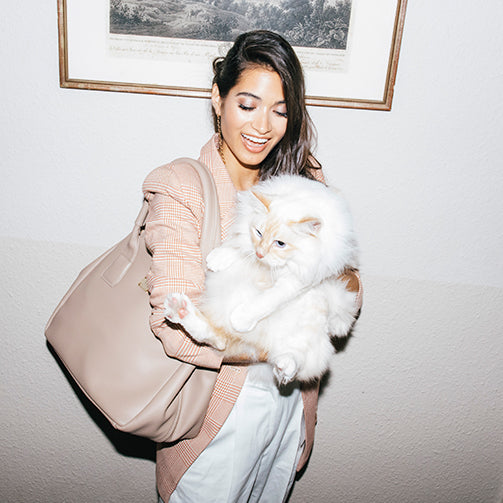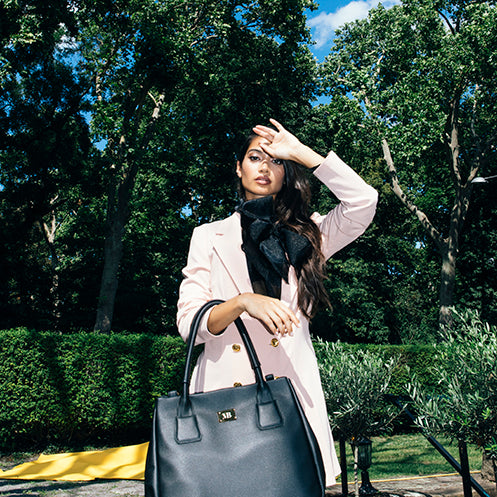Fashion Revolution Week - What we all can do to change fashion
#Whomademyclothes or #whos(not)inmybag
Bangladesh 2013.
A fateful morning in one of the many textile factories in Bangladesh, Rana Plaza. One of the textile workers goes on duty that day, we would like to call her Rosina here.
Rosina: When we came to the factory, we saw the cracks. On the ceiling, on the floor. The iron bars were already coming out of the supporting pillars. I took my sister and said, come on, let's better go!
Less than a month before, this factory had been inspected by TÜV Rheinland, with the result: no defects and appropriate working conditions. Unfortunately, this did not correspond to reality. Severe damage to the infrastructure and inhumane working conditions determined the picture of work in the Rana Plaza. Workers had no choice or strength to confront those responsible, which would cause many to lose their lives that morning.
Rosina: Why do you want to leave, he asked me. The others are working, too. I told him: then cut my salary. At that moment, the power went out. The generator started. Then everything collapsed. I didn't see my sister again. I thought she was on her way out. Then I fainted.
Many people may still remember this catastrophic event of April 24, 2013 at the Rana Plaza textile factory in Bangladesh. The factory produced for suppliers such as Primark, Benetton, Mango, C&A, Adler Modemärkte and Kik under inhumane conditions. Tragically the factory had been classified as appropriate shortly before by various inspection bodies, including TÜV Rheinland. The fact that 1,136 of the more than 5,000 workers died and more than 2,000 were seriously injured as a result of this concession shows the circumstances under which the production can take place in developing countries and that this cannot always remain without consequences.
The catastrophe made international headlines and laid the foundation for a worldwide debate about the abuses in textile production. In May 2013, 200 textile companies from over 20 countries signed the Bangladesh Accord, an agreement on fire protection and building safety in textile factories. However, this 5-year agreement would have expired in 2018, but was replaced by a new Transition Accord, which was supposed to secure the successes already achieved. In 2021, however, this Transition Accord will also expire and will be replaced by a company founded by the government, the RMG Sustainability Council (RSC). It is feared that the working conditions and rights of the workers will deteriorate, as the RSC is a government-appointed association. Whether and how the situation for the textile industry in Bangladesh will change, however, remains to be seen after the RSC comes into force in 2021.
The fact that companies do not always pay attention to conditions in their supply chain makes it even more important for consumers to consciously consider sustainability, to demand more transparency and traceability, and to ask themselves: Where does my product come from and who produced it under what conditions?
A crucial factor that contributed to what happened in Bangladesh was the poor and non-transparent communication and information about the production conditions in Rana Plaza and the supply chains of the labels producing there.
A garment is usually not produced by the label we know and love. The raw materials are grown, spun into yarns, made into fabric panels, sewn and finished. These value-added steps are performed by various global suppliers. The labels themselves are often only in contact with the sewing factories, which purchase the fabrics and ingredients independently. The many stops and different production/manufacturing locations make tracking difficult. The number of people involved in the global manufacturing chain of textiles can thus not be fully recorded and grievances in the supply chains are often overlooked.
A study has determined that a T-shirt travels an average of over 27,500 km before it is actually used by you. The fact that companies do not always pay attention to the quality of all steps and production methods makes it even more important for consumers to consciously consider supply chains, to demand more transparency and traceability, and to ask themselves: Where does my product come from and who produced it under what conditions?

The map shows the individual production steps with the corresponding transport routes of your shirt: these include the growth of the raw materials which are spun into yarns, made into fabric panels, sewn and finished. Keep in mind, every step takes place in a different region!
Fun fact: the average German car driver covers between 10.000 and 15.000 km a year, almost half the distance your t-shirt has covered before it even reaches you.
Find out what you can do to promote more transparency and sustainability in the textile industry in our practical tips for you below!
Many of the above-mentioned problems were causes for the idea of founding the 'Fashion Revolution' movement, which became known especially for its campaign 'Who made my Clothes'. The movement was founded in 2013 after the Rana Plaza disaster with the goal to make consumers, producers and companies more sensitive to injustice and grievances in the textile industry by means of education and research.
Their vision: a global fashion industry that protects the environment and puts people above corporate growth and profit. In doing so, the movement pursues the idea of preserving valuable resources and regenerating ecosystems, establishing a culture of transparency and accountability along the entire value chain, and promoting local craftsmanship over industrial mass production.
Editor's Note: Fashion Revolution's vision is very much aligned with your own values. Take a look on our transparency, craftsmanship and sustainability pages to get all the deets!
‘It’s allowed to kill for a bag, but a bag shouldn’t kill anyone’. It should be clear that the principle of all-encompassing protection of all supply chain participants must be anchored in fashion industry, as well as in our own consumer behavior. This is one of the reasons why the movement repeatedly draws attention to the exploitation of textile workers in the fashion industry through actions such as the Fashion Revolution Week. It mobilizes society and creates space for the issue in political and international debates. In 2021, designers, companies and consumers will again ask themselves the question 'who made my clothes?' However, the focus will be primarily on the gaps in the value chains of companies, paying attention to the unheard voices of workers, communities and producers. In particular, people, companies, and policymakers should feel motivated to drive systemic change across the fashion industry.
Among other things, the Fashion Revolution movement tries to raise awareness and participation by pointing out gaps in transparency on the part of companies. With the Fashion Transparency Index it tries to evaluate more than 250 companies in their transparency and to provide a reference point for consumers as well as companies to evaluate and assess.
To ensure better social conditions for people along the entire global value chain and the protection of our environment, we all need to take action by reflecting on our past behaviours and improving those. One thing is clear: Faster, higher, further can’t be the way to go in near future. What is also clear is: A T-Shirt that costs only 5 Euros cannot have been produced in an environmentally friendly and ethically correct way.
In the following, we would like to point out some ways in which legislators, companies and consumers can stand up for an ethical, sustainable fashion industry.
On part of the law!
Transparency and sustainability are two terms that require a legal basis on which further decisions can be made. Just this March 2021, the EU therefore passed a uniform Europe-wide supply chain law. This includes regulations on extended information obligations of companies about the working conditions in their supply chains. In addition, the legislator is taking measures to sanction violations, such as fines of 100,000 to 800,000 euros and import stops from countries in which human rights violations are known.
On part of the companies!
Companies have a responsibility to establish safe and supportive working conditions. Young companies in particular have innovative and creative ideas to advance transparency and sustainability. Melina Bucher, for example, developed an interactive and innovative tool which allows to accompany the production steps of the costumer’s bags in every stage: The map therefore aims to create more transparency and reveal the entire value chain of the product. This involves creating an interactive map and marking all the places where design, production or manufacturing takes place. In addition, the map contains more detailed explanations of environmental and social standards of the individual corporate partners. In somewhat more general terms, it would already be sufficient for companies to fundamentally apply supply chain tracking technologies and to focus more on identifying and improving potential problem areas than on pure economic interest.
One thing is clear: A shirt that costs only 5 Euros cannot be produced in an environmentally friendly and ethically correct way.
On your own part!
Consumers, too, have a responsibility to use their purchasing power and voice to campaign for a better fashion world. Sustainability, transparency and fairness are terms that need to be driven with passion to establish themselves. That is why we would like to equip you with practical tips in the following on how you can positively influence the change in the fashion industry:
1. Invest in sustainable and transparent companies
Markets regulate themselves according to supply and demand. By buying a product, you are therefore sending an active signal: if you buy from a company that attaches particular importance to sustainability and transparency, you are promoting its values. If others also start to buy more frequently from such companies, their demand increases and at the same time the demand for products from companies that do not take responsibility for their suppliers or the environment decreases. So these companies either have to adapt or are plunged into economic ruin.
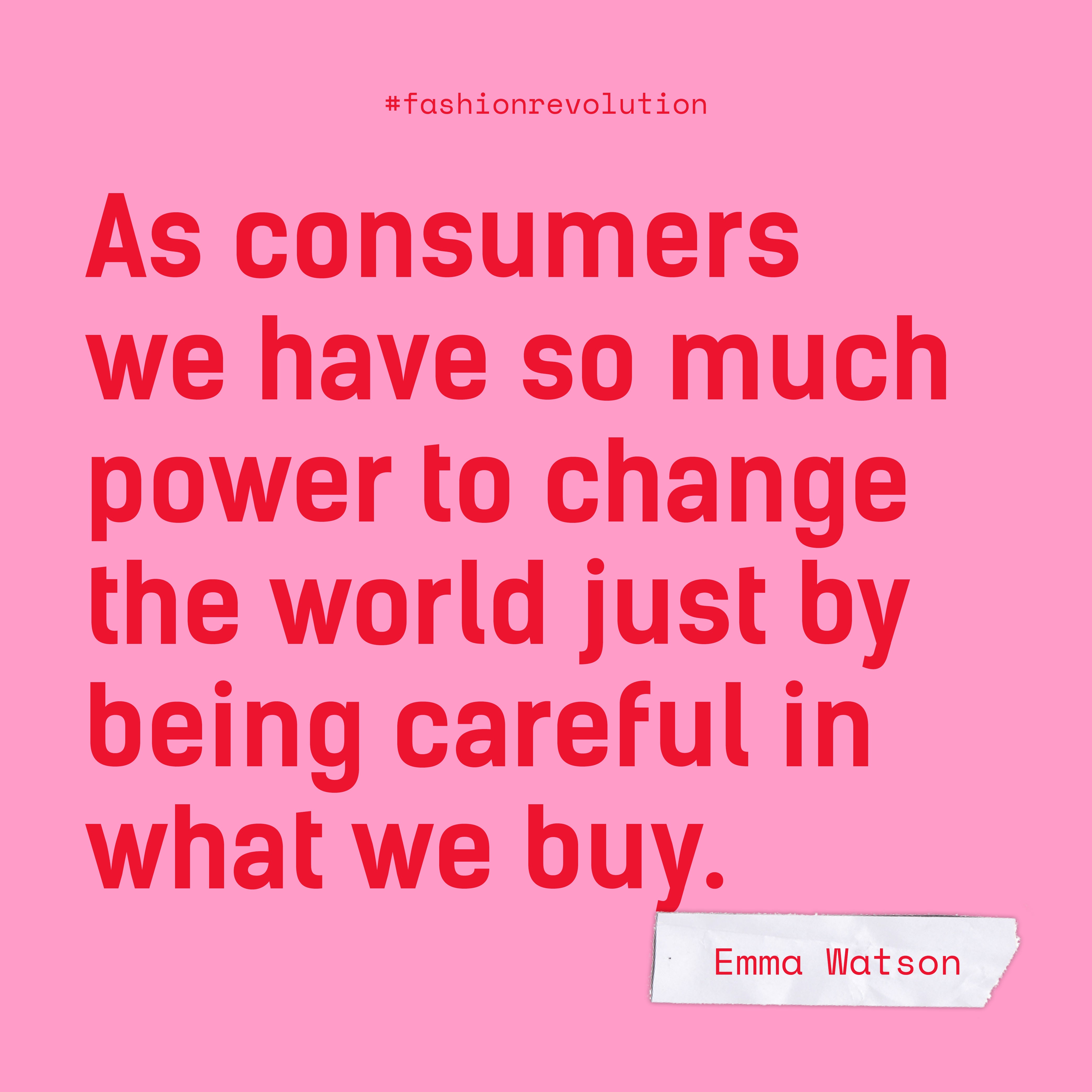
© Fashion Revolution
2. Shop small and local
Smaller companies usually do not have the same market power over their suppliers. They cannot exert pressure, as large labels can, to further reduce purchase prices or negotiate contract terms.
3. Less is more
Be more mindful about how, what and why you consume fashion and reflect more often on your consumption behavior. Make yourself aware again and again that a 5 Euro T-shirt simply cannot be of high quality, let alone produced under conditions that violate human rights. So rather buy a higher-priced and long-lasting shirt with a good conscience than a new cheap T-shirt every two months.
4. Join movements and think critically
Through your participation in movements like 'who made my clothes', issues become even more present and achieve great reach and influence. You can use the hashtags #whomademyclothes or #whatsinmyclothes to ask companies via social media about the social and environmental conditions in their supply chains. Or you can ask the companies directly by email. Because: Companies notice that you as a customer care about the issue and that they should place more value on ethically correct production. This way you can support movements like Fashion Revolution in their goals.
5. Start a blog
Draw attention to the issue and inform yourself comprehensively and objectively. Make sure to use correct and backed up information and design your article to make people want to read more.
6. Ask your favourite influencers
Also start questioning the consumption and advertising partners of your influencers and draw attention to the issue through comments or reactions. Influencers are the medium of the time and companies do not invest in influencers as important advertising partners for nothing: they have a great influence on their followers, especially on a younger target group. Therefore, they also have a special responsibility. Can 50% discount codes for fast fashion brands be sustainable? Or do they rather still promote that textiles are sold cheaply and draw attention away from the conditions behind them. If you as a follower show that you care about social justice, animal rights and sustainability, more and more content will automatically be produced around the corresponding topic. And with it, more public interest and focus on the topics!
As you can see, it doesn't always have to be the big deeds, many small steps already help on the way to an ethical, sustainable fashion world.
Throwback…
When Rosina regained consciousness, she was shown a devastating picture: Rosina: Three men were lying somewhere above me. Their blood was dripping on me. We kept screaming for help.
Rosina survived the accident badly injured, but she was one of the few that day. Even today, many women and men work under inhumane and life-threatening conditions in the fashion industry in developing countries. Whether we as a society and the companies have learned? Perhaps in parts. But one thing stays clear: fashion should not cost people - nor animals - their lives.
